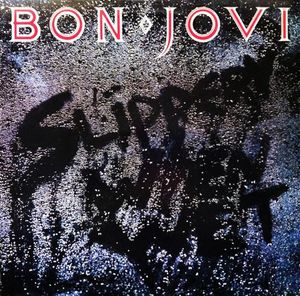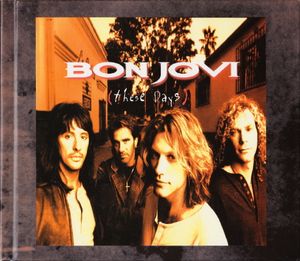

Follow Your Favorite Band Today!
Top Bon Jovi Community Posts
Albums
















Story of Bon Jovi
Bon Jovi: A Rock & Roll Legacy
Bon Jovi, the American rock band hailing from Sayreville, New Jersey, burst onto the scene in 1983. Led by the charismatic Jon Bon Jovi, their sound blended heavy metal grit with melodic pop sensibilities, carving a unique niche in the rock landscape.
Their 1984 self-titled debut album, featuring the hit single "Runaway", served as a strong introduction. However, it was their third album, Slippery When Wet, that catapulted them to superstardom in 1986. This record, a commercial behemoth selling over 20 million copies, spawned three Top 10 singles, including the iconic "You Give Love a Bad Name" and "Livin' on a Prayer," both of which stormed the charts to reach the No. 1 spot.
Following this monumental success, Bon Jovi continued their reign with New Jersey, released in 1988. This album, another massive success selling over 10 million copies, solidified their status as a stadium-filling act. It boasted five Top 10 singles, including the anthems "Bad Medicine" and "I'll Be There for You," both of which climbed to the top of the charts.
Throughout the late 1980s, the band's intense touring and recording schedule, culminating in the legendary "New Jersey Tour" (1988-1990), paved the way for solo ventures by Jon Bon Jovi and Richie Sambora, who both released successful albums in 1990 and 1991 respectively.
Despite these individual pursuits, Bon Jovi reunited in 1992 with the release of Keep the Faith, another double-platinum success that further cemented their enduring legacy in the music world.
Bands you may like
More Hard Rock Bands
Explore Hard RockDiscover more bands in the Hard Rock genre and explore the diverse sounds that define this musical style.
Browse All Hard Rock BandsMore Bands from United States
Explore United StatesDiscover the rich musical heritage of United States and explore bands that represent the country's unique sound and culture.
Browse All United States Bands